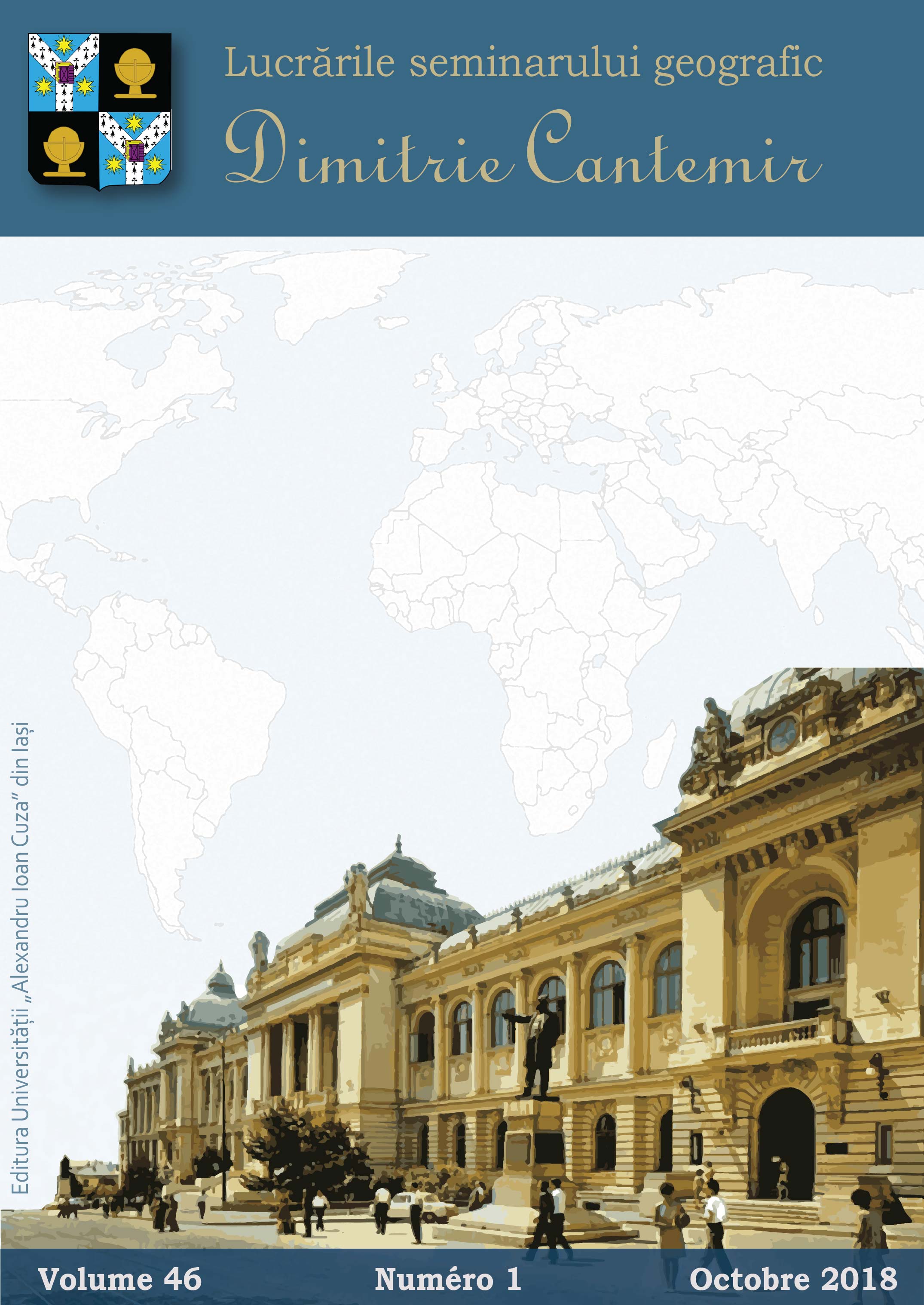Trajectoires de résilience économique régionale face à la crise de 2008 – quelle relation avec la nature du territoire ? Etude de cas sur la Roumanie
Trajectories of regional economic resilience in relation to 2008 crisis – what relationship with the kind of the territory? The case of Romania
Author(s): Ema Corodescu-Rosca, Mihail Eva, Corneliu IațuSubject(s): National Economy, Human Geography, Socio-Economic Research
Published by: Editura Universităţii »Alexandru Ioan Cuza« din Iaşi
Keywords: effects of the crisis; regional economic resilience; territorial typologies; urban/rural territory; central/peripheral territory;
Summary/Abstract: The global financial crisis of 2008 upset the entire world economy, but the propagation mechanisms, as well as the impact, were not neutral from a spatial point of view, as some territories reacted better than others to this same challenge. Our contribution tests the hypothesis that the nature of the territory is an important explanatory factor for the different resilience trajectories. To this end, we first created a typology of resilience in relation to the crisis, according to the dynamics of GDP/capita before (2000-2008) and after this economic shock (2010-2015). Then we created three typologies of Romanian departments according to three criteria that reflect their intrinsic nature: urban/rural, central/peripheral, agricultural/industrial/tertiary. Finally, we crossed the typologies of resilience with the three typologies according to the nature of the territory, using correspondence analysis. This approach allowed us first of all to highlight the complexity of the dynamics of resilience. The typology accounts for an important variety of trajectories undergone by Romanian departments, trajectories that have been grouped into six representative categories: dynamic leaders; leaders in decline; potential leaders; (re)vitalized territories; poor territories with sustained catch-up; territories in relative difficulty. The results partially validate the hypothesis, showing that the prosperous trajectories after and before the crisis only concern metropolitan or central departments. On the other hand, the reciprocal is not so valid; only half of the central and metropolitan departments are on a prosperous trajectory. The results also show a possible existence of a transformative potential ((re)dynamised territories) among all types of NUTS 3 regions, which should question the importance of local development dynamics (including public policies and the decisions of the different actors) in the construction of territorial resilience.
Journal: Lucrările Seminarului Geografic ”Dimitrie Cantemir”
- Issue Year: 46/2018
- Issue No: 1
- Page Range: 65-88
- Page Count: 24
- Language: French

